In: COVID-19
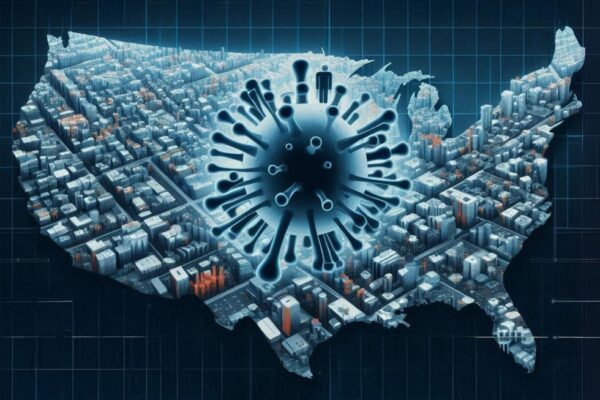
Johns Hopkins engineers uncover new insights in COVID-19 mortality patterns
- October 15, 2024
- COVID-19
Using a novel, comprehensive methodology, a team led by John C. Malone Assistant Professor of Civil and Systems Engineering Kimia Ghobadi analyzed mortality-influencing factors to inform future pandemic public health strategies.
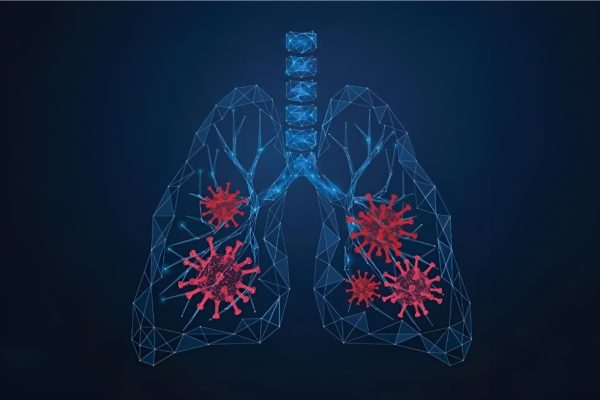
AI can now detect COVID-19 in lung ultrasound images
An automated detection tool developed by Johns Hopkins researchers could help ER doctors diagnose patients quickly and accurately.
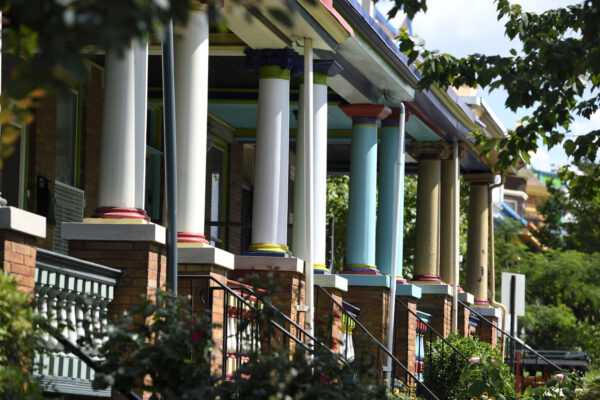
COVID-19 transmission high in Latino households of Baltimore, study finds
- October 26, 2021
- COVID-19
Latinos in Baltimore have high rates of household transmission of COVID-19, according to a new Johns Hopkins University study. The study...
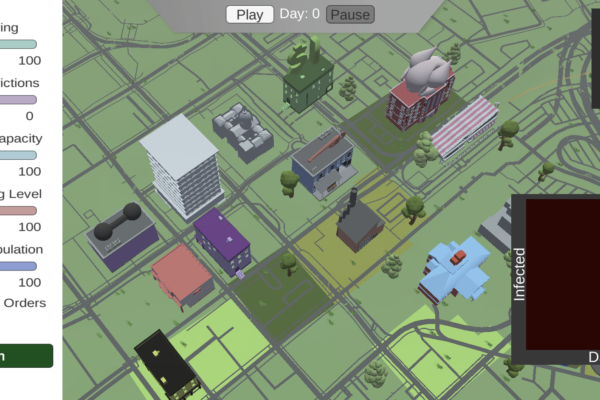
‘Anytown, USA’ tool simulates COVID-19 spread in small towns
- August 13, 2021
- COVID-19
Interactive online platform allows users to simulate how different public health measures might affect COVID-19 infection outcomes in a typical Midwestern town of about 6,000 people.
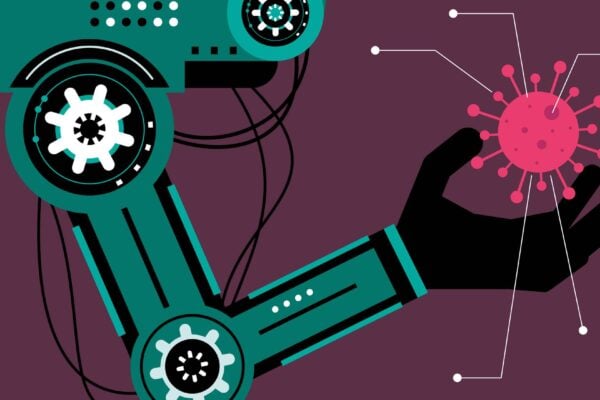
Ready for duty: Health care robots get good prognosis for next pandemic
Robots helped hospitals confront the coronavirus pandemic. What lessons are engineers taking with them as they think about the next generation of health care robots?
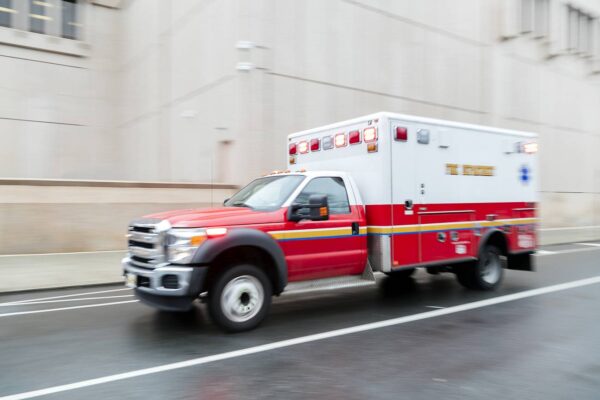
New COVID-19 dashboard helps users make informed decisions regarding hospital care
- February 19, 2021
- COVID-19Systems Modeling and Optimization
The tool visualizes hospital acute care and ICU capacity and provides information on hospital transfer procedures.